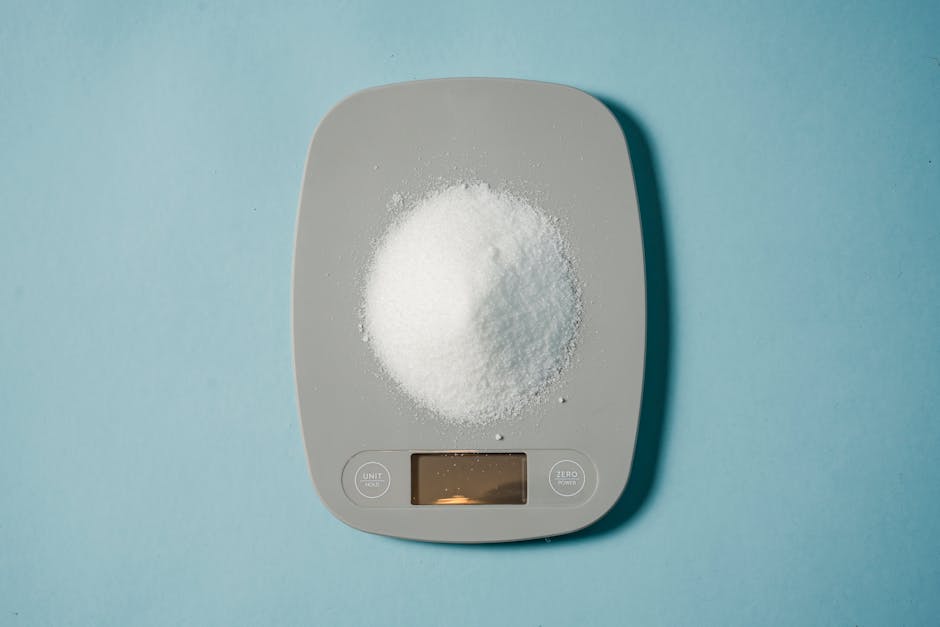The Digital Footprint of Your Smart Home: Safeguarding Privacy Today
In a world where convenience often wins the day, smart home devices have emerged as indispensable allies in our daily lives. But have you ever paused to consider the hidden implications? With every command we give our voice-activated assistants, every motion sensor that tracks our movements, the digital footprint we leave behind steadily expands, and our privacy is often compromised. In this hyper-connected era filled with smart technologies, it’s paramount to thoughtfully navigate your digital landscape. Here’s how to cultivate privacy without sacrificing the convenience that smart devices provide.
Understanding the Digital Footprint of Smart Home Devices

As technology permeates our homes, awareness about the data these devices collect becomes essential. Smart devices function on data—they learn our habits, routines, and preferences to provide tailored experiences. From smart thermostats adjusting temperature settings based on our schedules to security cameras monitoring our properties, these technologies enhance livability but also build a digital shadow.
Modern smart home ecosystems often include interconnected devices such as smart speakers, security systems, refrigerators, and even light fixtures. Each device contributes to our overall digital footprint by collecting and transmitting personal data to cloud servers. This complicity can sometimes create unintended vulnerabilities in our personal privacy.
The Implications of Data Collection: A Double-Edged Sword

When the convenience of smart technology meets data collection, we’re often met with an ethical dilemma—how much are we willing to trade our privacy for ease of use? Each device not only collects data from users but also shares it with third parties, often without explicit consent. A report by the Harvard Business Review emphasized that many consumers are not fully aware of what data is being collected by their smart devices.
The data harvested can be used to improve products or create targeted advertisements, but this can also pave the way for invasive surveillance. Intruder access to your home network can occur if proper precautions aren’t taken, leading to potential breaches of sensitive information.
Practical Tips for Safeguarding Your Smart Home

Navigating your smart home shouldn’t feel like a walk through a minefield. There are several practical measures you can implement today to fortify your privacy while leveraging the perks of connected living:
1. Secure Your Network

Your home Wi-Fi network is the first line of defense against unauthorized access. Change the default network name and password as soon as you set it up. Use a strong password containing a mix of characters, and consider a Virtual Private Network (VPN) to encrypt data traffic.
Also, separate your smart devices from your primary home network. Many routers now offer options for guest networks or IoT (Internet of Things) networks, enabling you to isolate devices and minimize risks.
2. Optimize Your Device Settings

Most smart devices come with various settings related to privacy and data sharing—don’t overlook them. Dive into the privacy settings on each of your devices and disable features that you don’t use, such as location tracking or voice recording.
For instance, smart assistants typically store voice commands for future improvements; you can usually opt-out of this data collection or choose to delete your stored voice data through their app settings.
3. Limit Third-Party Access

Understand the terms of service for every device. You may be surprised to learn how much information is being exchanged with third parties. While integrations with third-party applications can enhance functionality, they can also introduce complexities.
Whenever possible, use devices that do not require a data-sharing clause for functionalities that do not serve you. Your profile may be automatically built for the benefit of advertisers—don’t hesitate to evaluate if it’s worth the trade-off.
Enhancing User Awareness: Balancing Convenience and Privacy

While keeping your smart devices updated with the latest firmware can enhance security, awareness is equally crucial. Familiarize yourself with ongoing privacy discussions in digital space.
For example, a recent article from Moz reflected on how consumer awareness is shifting toward more responsible data consumption. Users are more frequently asking questions like, “Who can access my data?” and “What happens if my data is breached?”
Being proactive and inquisitive about your devices can help maintain your privacy without sacrificing functionality. Consider establishing a set of guidelines for smart device usage within your household that aligns with privacy priorities.
4. Invest in Smart Privacy Tools

Several devices on the market prioritize privacy without sacrificing usability. For instance, smart cameras equipped with end-to-end encryption ensure that your video footage remains private and secure. You might also explore devices that allow local storage instead of cloud-based options, further minimizing exposure to online threats.
Furthermore, check if settings allow for anonymized data transmission, which hampers third parties from linking data back to your specific profile.
The Role of Manufacturer Transparency

As a consumer, advocating for transparency in smart device manufacturing is vital. The more you inquire about data policies, manufacturing practices, and proposed improvements for privacy, the more power you have to shape the tech landscape. Companies releasing new technology should be accountable for disclosing how they handle user data.
You can look for certifications or endorsements that prioritize cybersecurity—consider frameworks that prioritize user privacy or those who have pledged to transparency.
The Future of Smart Devices and Your Privacy

While innovation continues to reshape our smart homes, the dialogue surrounding privacy must be a priority. As you savor the benefits of technology within your life, a proactive stance towards privacy guarantees your well-being in an increasingly interconnected world.
To explore further topics about how to optimize smart tech for daily routines, check out articles like Unlock Productivity: The Time Capsule Effect of Digital Archiving and The Hidden Costs of Convenience: Automation’s Trade-offs in Tech Life.
5. Regularly Audit Your Devices

Outdated devices are inevitably more susceptible to hacks, while newer models often have better built-in security features. Consider periodically conducting an audit of all smart devices in your home. Identify which devices still serve a purpose and which can be phased out—less is sometimes more when it comes to smart technologies.
While you’re at it, routinely check device settings, permissions, and any recent updates. The goal? Prioritize remaining vigilant and adaptable to emerging safety standards in the tech space.
Next Steps for a Secure Smart Home

Navigating the intersection of convenience and privacy in a world filled with smart devices doesn't have to be overwhelming. Start with small steps: secure your network, fine-tune device settings, and cultivate awareness of your digital environment. By prioritizing these practices, you create a safe haven within your home while reveling in the advantages that smart technology offers.
It’s also crucial to stay informed and engage in the ongoing conversation about digital privacy. How will you enhance your smart home experience while preserving your privacy?
By following these strategies, you’ll master the balancing act between convenience and security, ensuring that your smart home remains a sanctuary of comfort without compromising your personal information.
Final Thoughts

As we embrace technology’s promise, we must remain vigilant about its pitfalls. Cultivating privacy in a hyper-connected era requires a proactive approach, empowering ourselves with knowledge and practices that protect our personal data. With these actionable insights, you can enjoy the conveniences that smart home devices bring while fortifying your privacy. Make your home a space not just of comfort but of security in a digital age.



